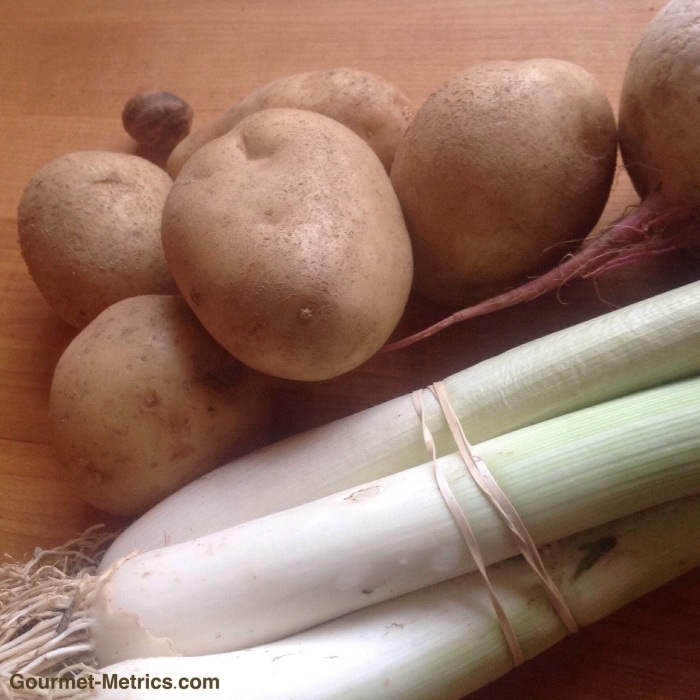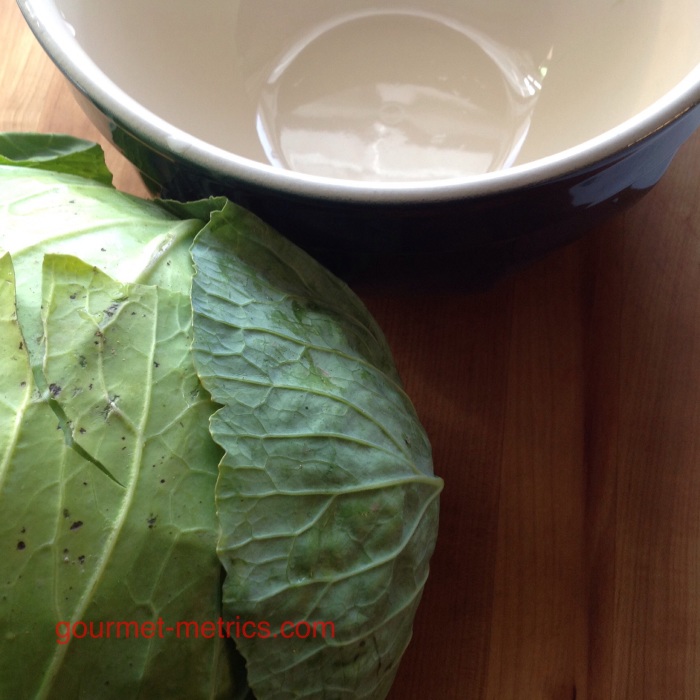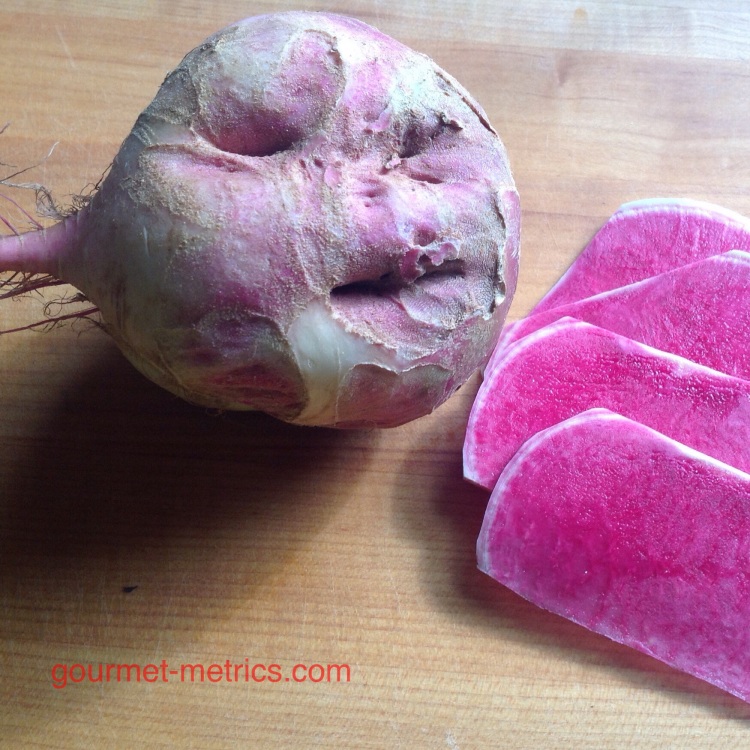 The final meeting of our Dietary Guidelines 2025 Advisory Committee meeting was held this past week. The committee members have again concluded that me and my fellow Americans don’t follow the guidelines and we eat poorly. Not much change since the first set of guidelines was published back in 1980.
The final meeting of our Dietary Guidelines 2025 Advisory Committee meeting was held this past week. The committee members have again concluded that me and my fellow Americans don’t follow the guidelines and we eat poorly. Not much change since the first set of guidelines was published back in 1980.
And that brings me to cauliflower.
October is a great month for eating more cauliflower. It’s peak season for fall vegetables here in the Hudson Valley and that cauliflower pictured above came from a local farm stand. Local, seasonal cauliflower gets to my farm stand a lot faster than commodity cauliflower grown in California or Texas and I can taste the difference. Cauliflower imports from the west coast are welcome during winter and early spring but it’s October so I always opt for local.
By weight and by calories, roasted cauliflower is made with mostly minimally processed ingredients and therefore deserves a NOVA mostly minimally processed green dot 🟢.
Even better, if my roasted cauliflower were a product I could probably use the word “healthy” on the label. I’m not stingy with olive oil and I salt to taste because I want my vegetables to be irresistibly delicious, so I was pleasantly surprised how good the stats looked for sodium and saturated fat. Nutrition stats are pegged to specific FDA reference amounts (85g for vegetables). That’s the serving size gram amounts you’ll see for example on frozen cauliflower in the freezer case. My serving is about twice a big as the reference amount because I love the taste of my roasted cauliflower. But you better believe that I too would use the smaller serving amount if I were marketing a product and could make a “healthy” nutrient content claim.
Now back to eating more plants. Eating more roasted cauliflower is a delicious way to eat more plants / vegetables. And the guidelines are clear that Americans don’t eat enough vegetables. It’s October and cauliflower is in season so joyfully and with great pleasure, I’m only too happy to comply.
THE VIEW FROM MY KITCHEN WINDOW
As per our current dietary guidelines, a healthy eating pattern is based on nutrient-dense plant-based foods. I applaud the plant-based part of the recommendation, but I do have concerns about the nutrient-dense component. Salting to taste means using just enough salt to highlight the flavors of the food, but never so much that salt overpowers the food. Sometime when I run the stats, sodium falls below the “healthy” threshold and sometimes it doesn’t.
Most of my fellow Americans don’t cook on a regular basis anyway. They depend on the food industry. In many ways, the guidelines are as much about setting limits on the food industry as they are about providing individual Americans with the nutrition facts to make informed decisions.
Here’s the dilemma. The food industry wants to sell us what we enjoy eating which as it stand right now is food products that are high in fat, sugar, salt. The dietary guidelines recommend restricting our choices to food products that are low fat, sugar, salt to reduce the risk of chronic disease development. Something gets lost in the battle between high versus low however. And that something is moderation. And that loss concern me.









